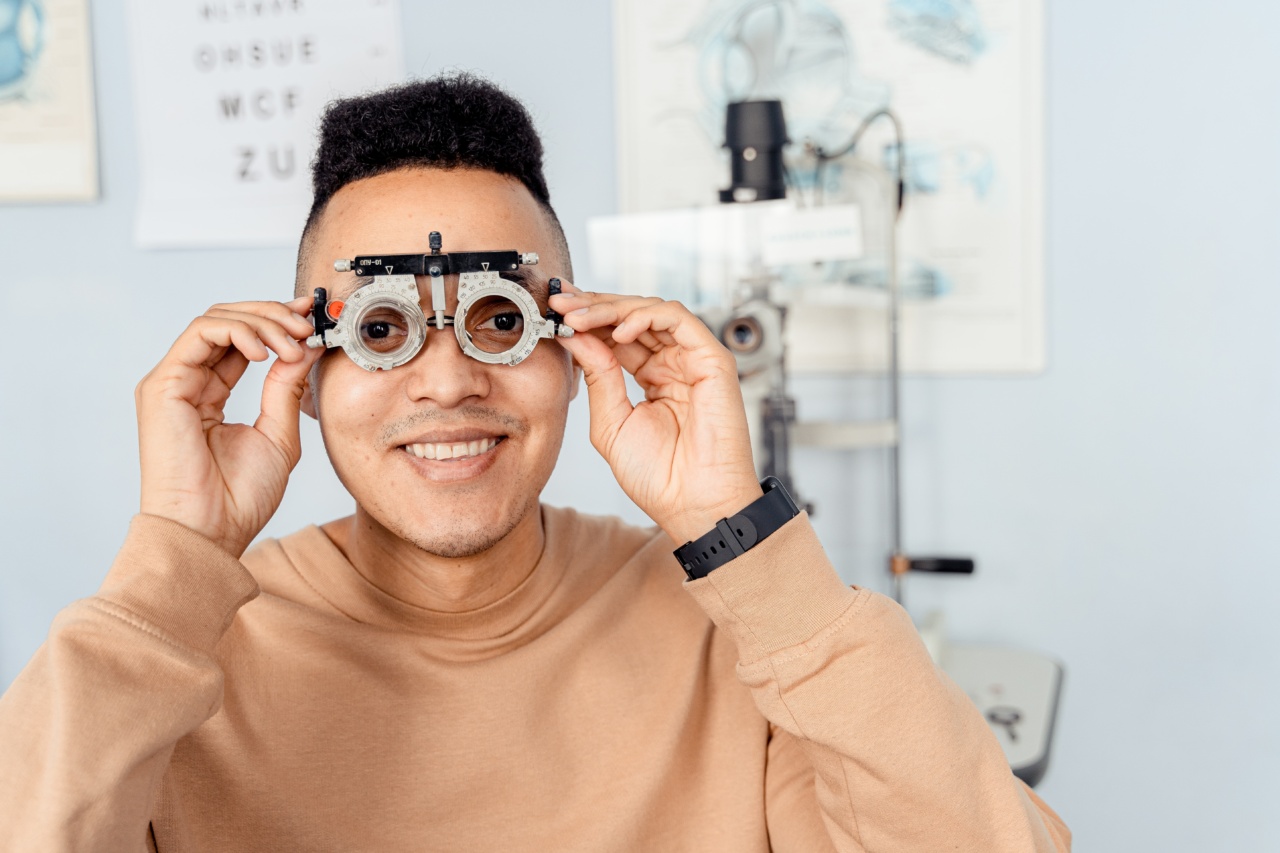Visual Coast, also known as visual cortex, is a vital part of the brain responsible for processing visual information. It plays a crucial role in our ability to perceive and interpret the world around us.
Any disruptions or damage to this area can have a significant impact on our visual perception and overall quality of life. In this article, we will delve into the causes of Visual Coast issues and explore the available treatment options.
Causes of Visual Coast Issues
1. Traumatic Brain Injury:.
A traumatic brain injury (TBI) can cause damage to the Visual Coast, leading to visual impairments such as blurred vision, loss of peripheral vision, double vision, or even complete blindness in severe cases.
The severity of the visual coast issues depends on the extent and location of the brain injury.
2. Stroke:.
A stroke occurs when there is an interruption of blood flow to the brain. When the blood supply to the Visual Coast is disrupted, it can result in vision problems.
Common visual symptoms after a stroke include difficulty in recognizing faces, reading, or perceiving objects accurately.
3. Brain Tumors:.
Brain tumors can directly affect the Visual Coast if they develop in or near this vital region.
As the tumor grows, it can exert pressure on the surrounding brain tissue, leading to visual disturbances such as tunnel vision, blind spots, or visual field cuts.
4. Neurological Disorders:.
Various neurological disorders, including multiple sclerosis, Parkinson’s disease, and Alzheimer’s disease, can impact the Visual Coast.
These conditions can damage the neural pathways responsible for transmitting visual information, resulting in problems with vision processing and perception.
5. Genetic Factors:.
Some individuals may be born with genetic mutations that affect the development or function of the Visual Coast. These genetic factors can lead to visual impairments or conditions such as congenital corticovisual impairment.
Treatment Options for Visual Coast Issues
1. Vision Therapy:.
Vision therapy is a non-invasive treatment option that aims to improve visual function and processing. It involves various exercises and activities designed to strengthen the Visual Coast and improve visual perception.
Vision therapy may be beneficial for individuals with visual coast issues caused by brain injuries, strokes, or neurological disorders.
2. Medications:.
In some cases, medications may be prescribed to manage the underlying conditions or symptoms causing visual coast issues.
For example, if the visual problems are a result of a stroke, medications for blood thinning or controlling blood pressure may be prescribed to prevent further damage.
3. Surgical Interventions:.
In cases where visual coast issues are caused by brain tumors or other structural abnormalities, surgical interventions may be necessary.
Surgeons can remove or reduce the size of the tumor, relieving the pressure on the Visual Coast and improving visual function.
4. Assistive Devices and Aids:.
For individuals with severe visual coast issues or those who have permanent vision loss, assistive devices and aids can be invaluable.
These may include magnifying glasses, screen readers, or other adaptive technologies to enhance their ability to engage in daily activities.
5. Rehabilitation Programs:.
Rehabilitation programs, including occupational therapy and visual rehabilitation, can help individuals with visual coast issues improve their overall functioning and regain independence.
These programs focus on developing compensatory strategies and training the brain to adapt to the visual impairments.
Conclusion
Understanding the causes and treatment options for Visual Coast issues is paramount for individuals experiencing visual disturbances.
Whether it is due to traumatic brain injuries, strokes, brain tumors, genetic factors, or neurological disorders, seeking professional help is crucial. Vision therapy, medications, surgical interventions, and rehabilitation programs can all contribute to improving visual function and enhancing the quality of life for those affected by Visual Coast issues.






























